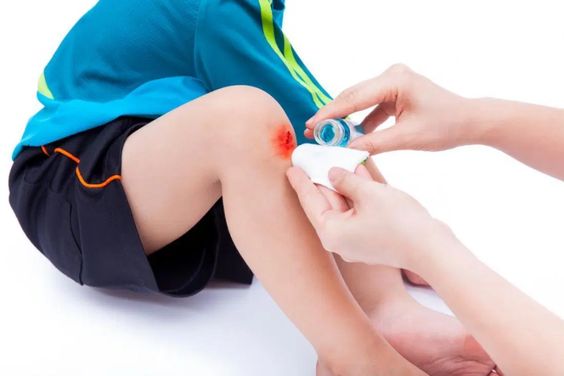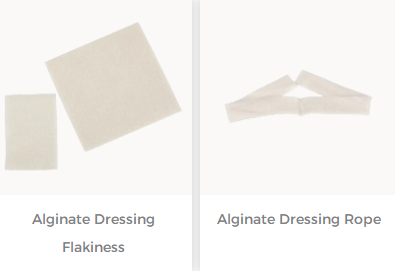Wound refers to the defect formed after the surface or internal tissue of the body is damaged by external force. There are many types of wounds, the most common types of wounds include cuts, lacerations, abrasions, and punctures. Each of these wound types and their treatment are described below.
Cuts: Cuts Cuts refer to wounds caused by cutting with sharp objects. The edges of the wound are neat and smooth, and the depth of the wound varies. Treatment includes cleaning the wound, stopping the bleeding, and stitching or using special wound closure glue. Before suturing the wound, the wound should be cleaned to avoid infection. For deeper wounds, hemostatic treatment should be performed first to avoid excessive bleeding.
Response: Wound Skin Closure is available which can be used to close and immobilize minor wounds and wounds. Can help keep wound edges in place, reducing the chances of the wound reopening, which can lead to bleeding and scarring. They are also hypoallergenic, so suitable for sensitive skin. It's a nice and effective workaround to take your worries away.
Laceration: A laceration is a wound caused by the pulling of body tissues. The edges of the wound are irregular and the wound surface is large. Treatment includes cleaning the wound, stopping the bleeding, and suturing or using special wound closure glue. Before suturing the wound, the wound should be cleaned to avoid infection. For larger wounds, hemostatic treatment should be performed first to avoid excessive bleeding.
Response: Wound Skin Closure can also be used to help close the wound.
Abrasion: Abrasion Abrasion refers to a wound caused by friction between the body surface and a hard object. The edges of the wound are not neat and the wound surface is relatively shallow. Treatment involves cleaning the wound, applying appropriate ointments, applying dressings, etc. When cleaning the wound, use warm water and soap and gently clean the wound to avoid wound infection. For larger abrasions, dressings may be used to reduce pain and promote healing.
Response: You can choose Hydrocolloid Dressing, which is made of hydrocolloid material. It can provide the wound with a slightly acidic airtight space that is conducive to wound healing. It can accelerate wound healing and prevent the invasion of foreign microorganisms. The texture is very soft and durable. Grinding can prevent the secondary injury of the wound.
Puncture wounds: Puncture wounds refer to wounds caused by sharp objects piercing the body. The edges of the wound are irregular and the depth of the wound surface varies. Treatment includes cleaning the wound, stopping the bleeding, and suturing or using special wound closure glue. When cleaning the wound, use warm water and soap and gently clean the wound to avoid wound infection. For deeper wounds, hemostatic treatment should be performed first to avoid excessive bleeding.
Response: You can choose Alginate Dressing and Elastic Bandage Self-Adhesive. The alginate dressing releases calcium ions into the wound, induces platelet activation, and the production of blood growth factors, thereby stopping bleeding and accelerating wound healing. The barrier function of dressings to adsorb and block bacteria is to enhance wound defense against pathogenic microorganisms by stimulating the activation of wound macrophages. Then use Elastic Bandage Self-Adhesive to fix the inner dressing.
In general, different types of wounds require different treatments, but basic wound care involves cleaning the wound, stopping the bleeding, and suturing or using special wound closure glue. If there is any abnormality in the wound, seek medical treatment in time.
For more information on Innomed®Alginate Dressing, Refer to the Previous Articles. If you have customized needs, you are welcome to contact us; You Wholeheartedly. At longterm medical, we transform this data by Innovating and Developing Products that Make Life Life easier for those who need loving care.
Editor: kiki Jia
Date: August 8, 2023

 English
English عربى
عربى Español
Español русский
русский 中文简体
中文简体








